Richard Chamberlain, Frank Finlay and Christopher Lee in “The Three Musketeers” (1973). Submitted photo
“Dancing With Swords,” call it what you like, but you may be tempted to see them as the “Four Stooges,” or “The Marx Brothers” in “Dancing With the Stars.”
But here they are, Alexandre Dumas’ Four Musketeers. Sort of.
How lucky you are to see this, enjoy this, laugh at this, on a proper big screen.
It’s the late Richard Lester’s imagining of Dumas’ Four Amigos comic swordsmen on a really big screen at Waterville’s Maine Film Center. There’s no better way to view it.
It isn’t actually all about swords, but in the first half-hour I clocked 15 sword fights in hallways, alleys, ballrooms and various bedrooms. Remember, these overly dressed musketeers wore their hearts on velvet sleeves and took umbrage at any offense.
Still, strangely, I don’t think anyone was actually killed.
I remember, as most of you do, the many versions of the famous adventure novel written in 1844 by French author Alexandre Dumas. I looked it up for you, and this is what I found. There have been more than 50 of the famous foursome in film and TV shows with famous casts down through the years.
My favorite was the one where Gene Kelly played the “adorable” young swordsman D’Artagnan, who came to Paris to enroll in the academy of musketeers, and fell in love with Lana Turner.
What truly matters is that here on a very large screen, you have the joyous pleasure of seeing the best of them, written by George Macdonald Fraser, on the big screen.
Meet the cast strewn with a few long dead and probably unknown to you under 40 movie-goers — British stars like the great Oliver Reed (last seen in “Gladiator” 2000). British comic Frank Finlay appears as the bumbling Porthos, and lo and behold, the very much alive Michael York (“Cabaret”) in one of his amorous juvenile lover roles as the dazzling D’Artagnan.
And who could forget that very American “swordsman” Richard Chamberlain (“Dr. Kildare,” 1961-66).
Stars float in and out, such as your favorite vampire Christopher Lee as the conniving Rochefort and Simon Ward (“Young Winston,” 1972) and OMG is that gorgeous young thing really the regrettably late Raquel Welch as Constance de Bonancieux, jumping in and out of various beds? Indeed it is. She will be remembered in many hearts.
Hold your breath. Here is that famous “cowboy-Moses-Mexican detective” Charlton Heston wearing the crimson robes of the infamous, conniving Cardinal Richelieu, and behold, French actor Jean-Pierre Cassel as the foppish King Louis XIII getting his hysterical portrait painted whilst atop a horse.
Sadly, you have no chance of remembering even a few of the old, long-deceased stars like Geraldine Chaplin (“Doctor Zhivago”) or Frank Finlay, so just look at them as figures in a cinematic mural (painted in full color by the Director Richard Lester of “A Hard Day’s Night,” among others.)
This madcap adventure could not have been so beautifully put together without the late David Watkin’s ever-present camera.
Those fabulous costumes? World cinema will miss Yvonne Blake’s gifts, who won her Oscar for “Nicholas and Alexandria” costumes, scored again for this parade of velvet and metal.
WARNING: Don’t bring the kids; there is an abundance of romping, but it’s decidedly not Romper Room.
J.P. Devine of Waterville is a former stage and screen actor.
« Previous
Related Stories





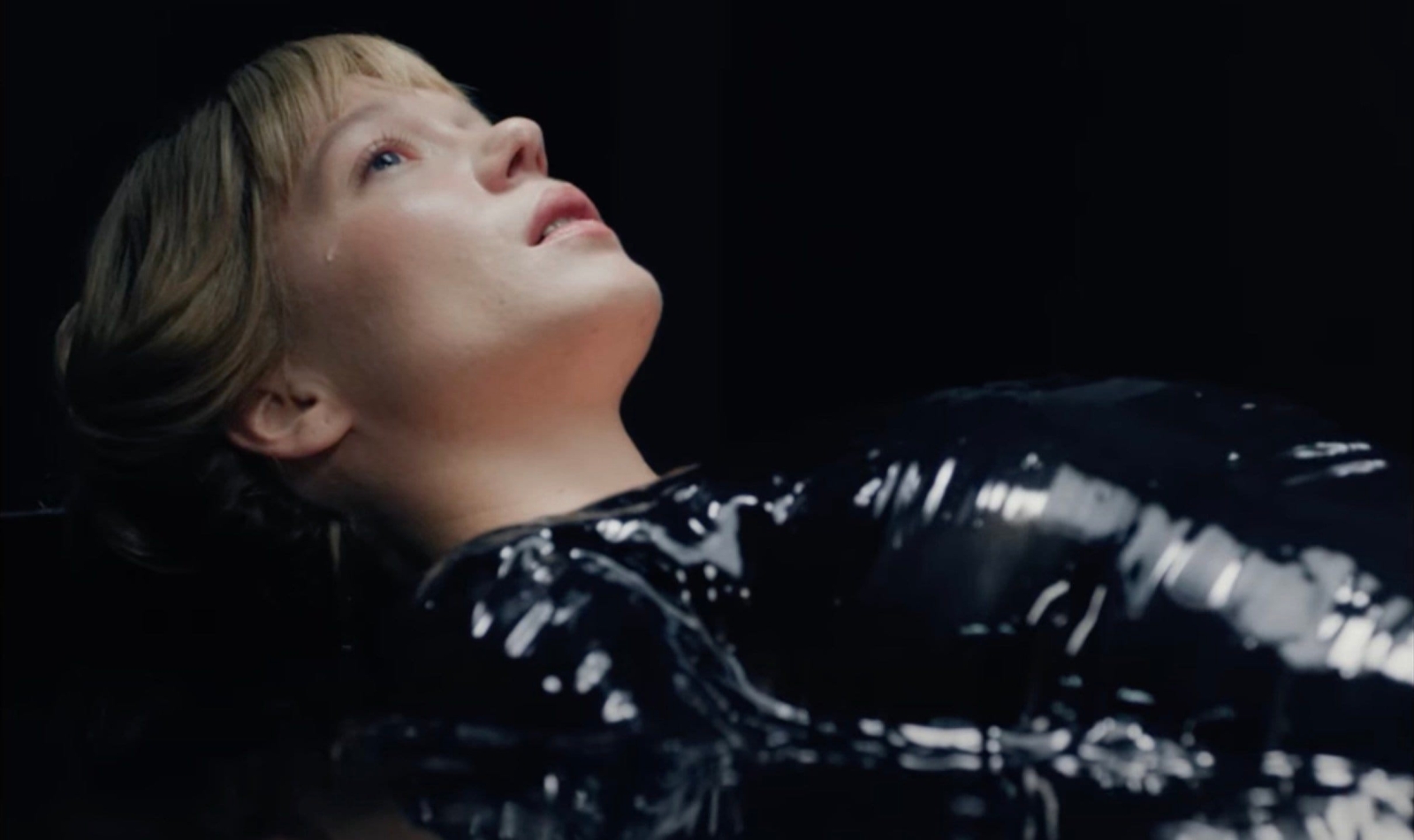






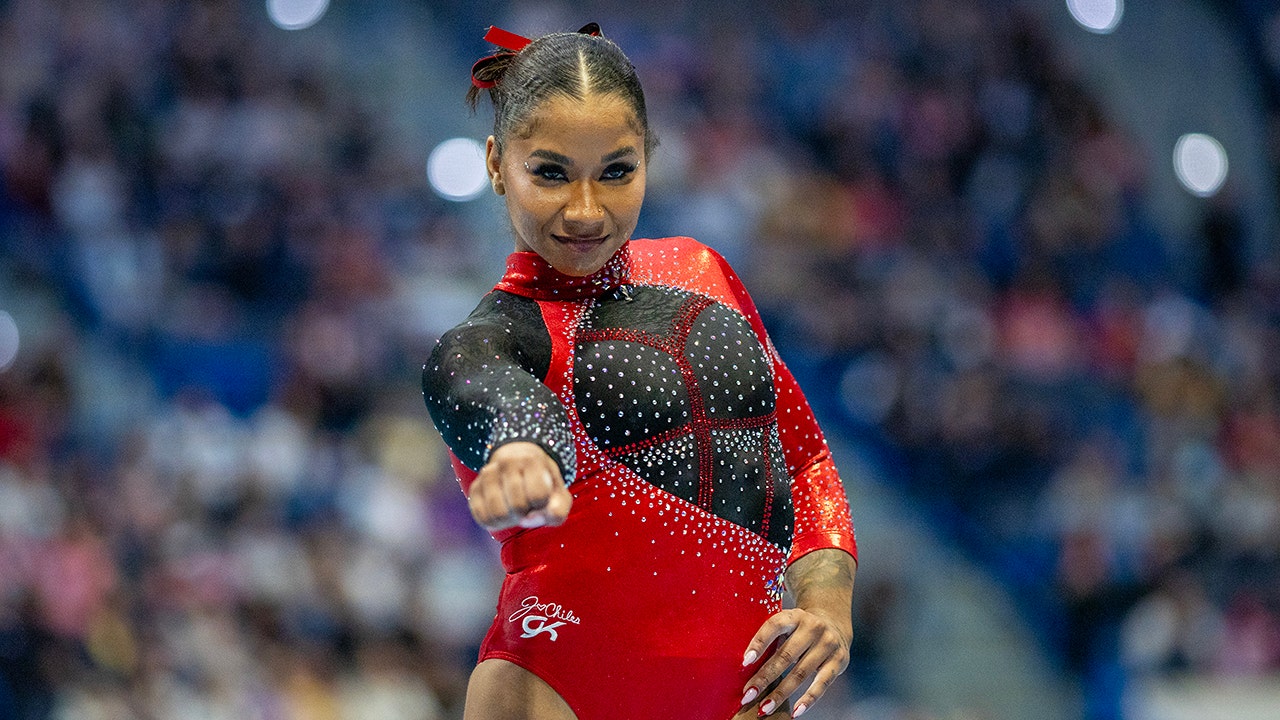
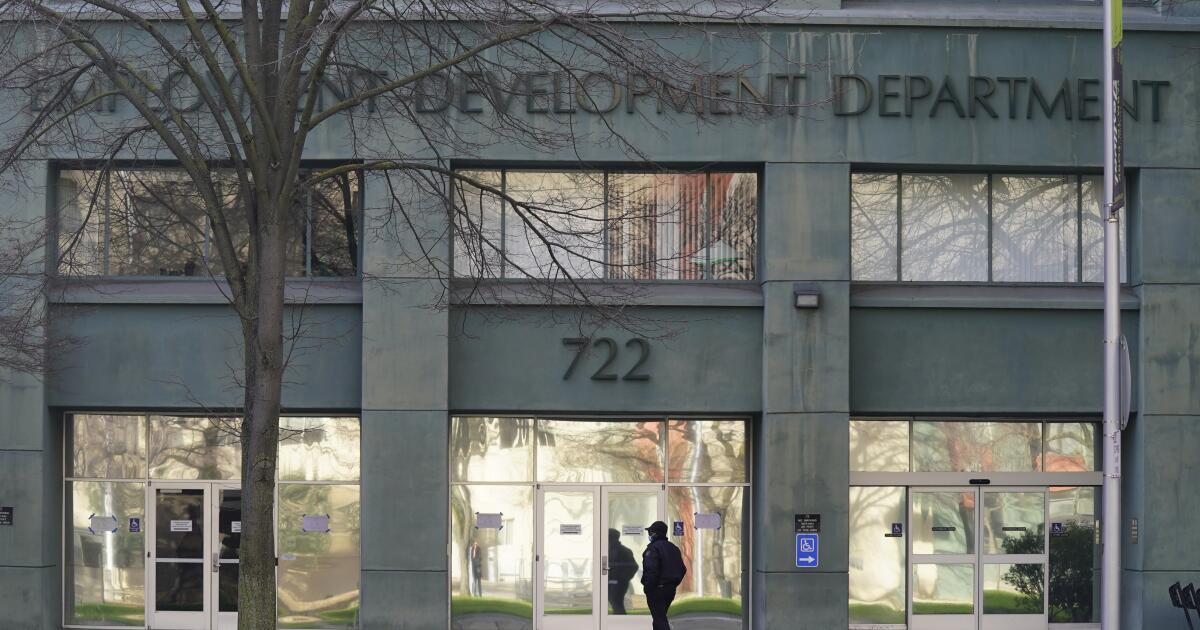
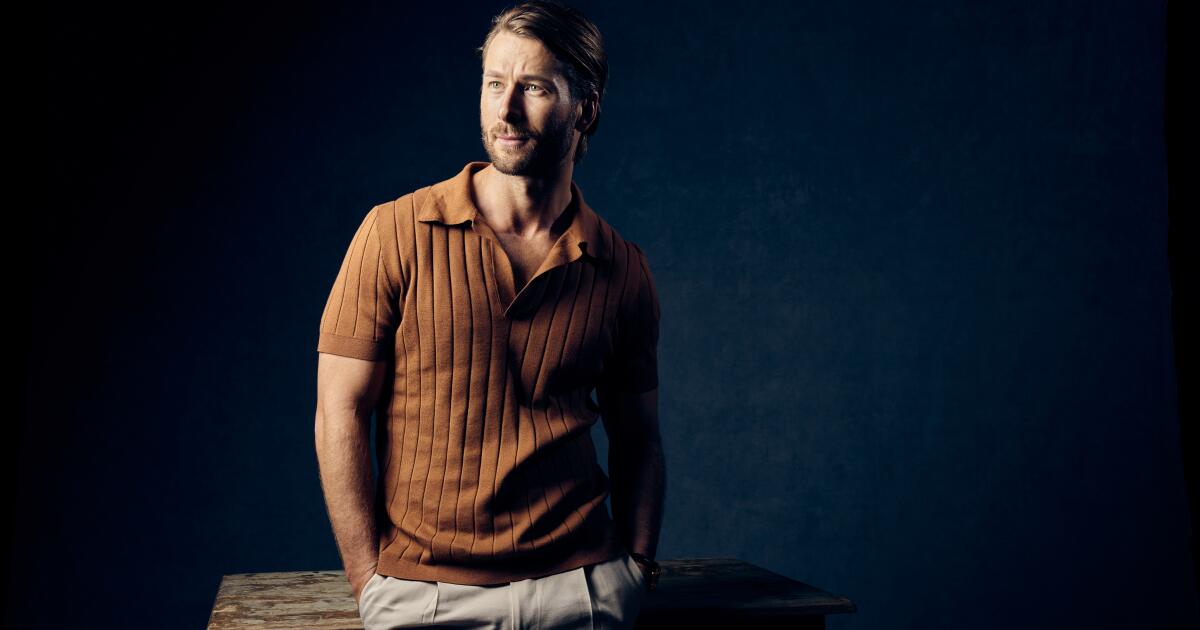







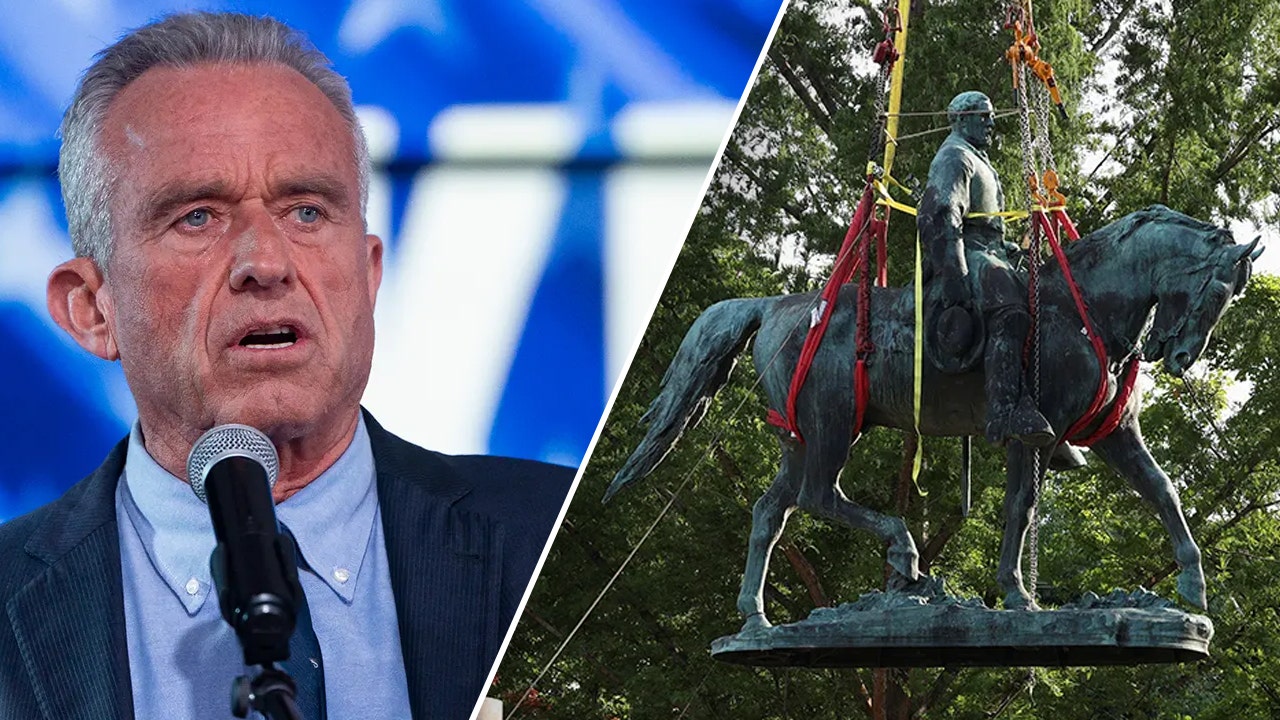
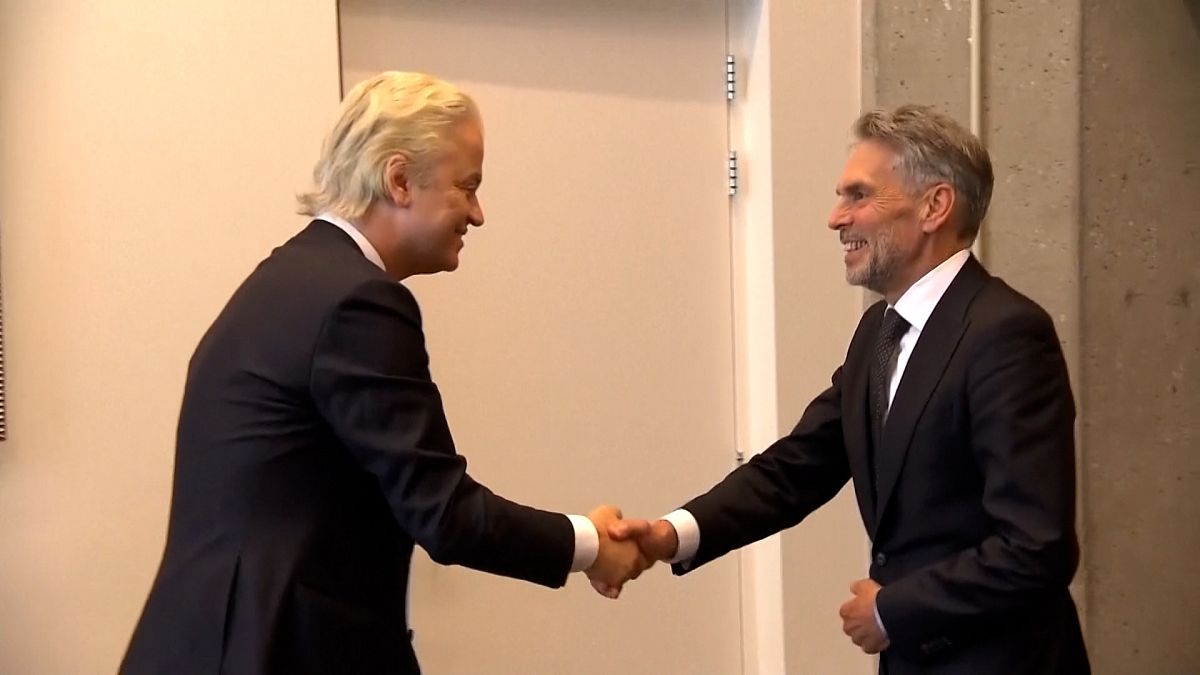








Invalid username/password.
Please check your email to confirm and complete your registration.
Use the form below to reset your password. When you’ve submitted your account email, we will send an email with a reset code.